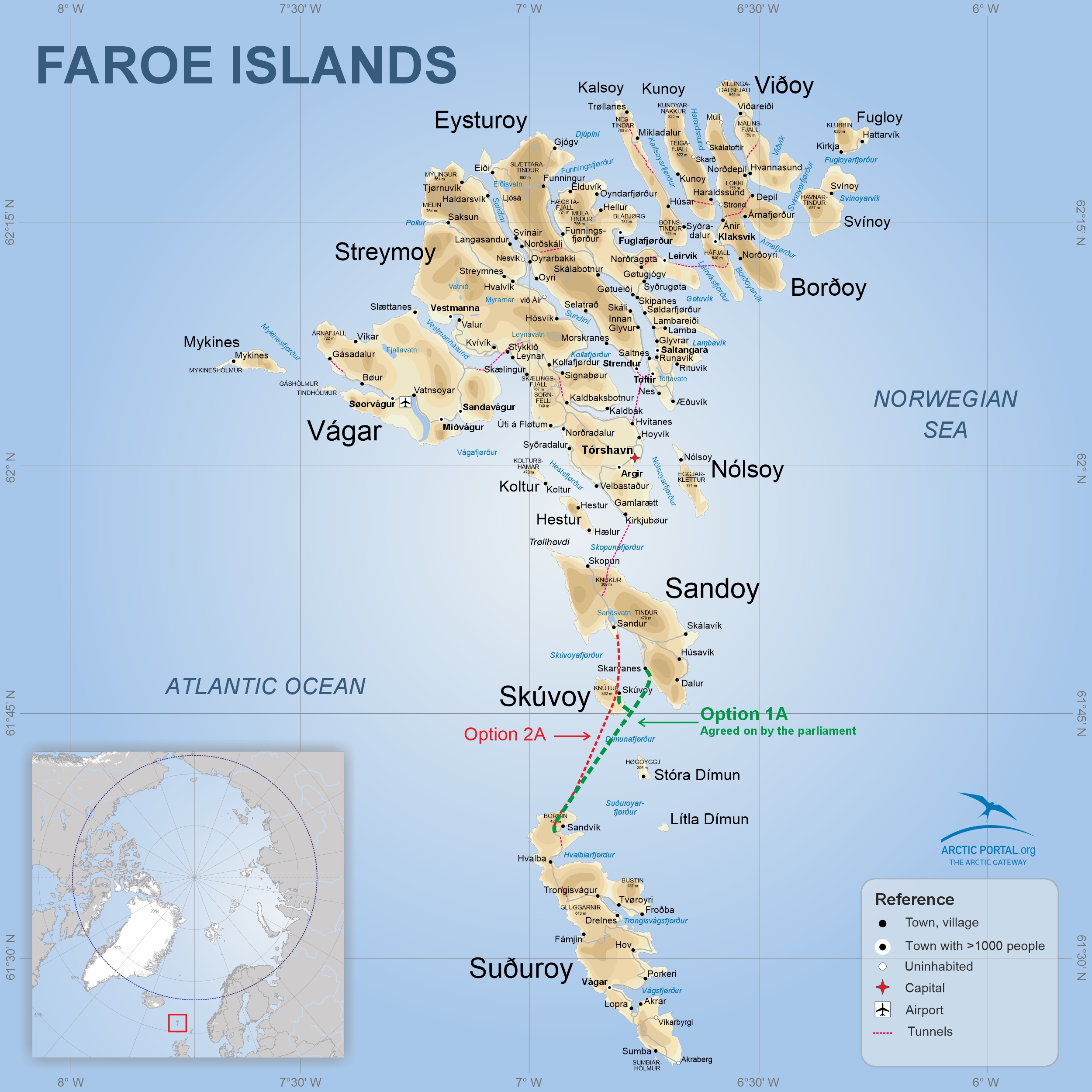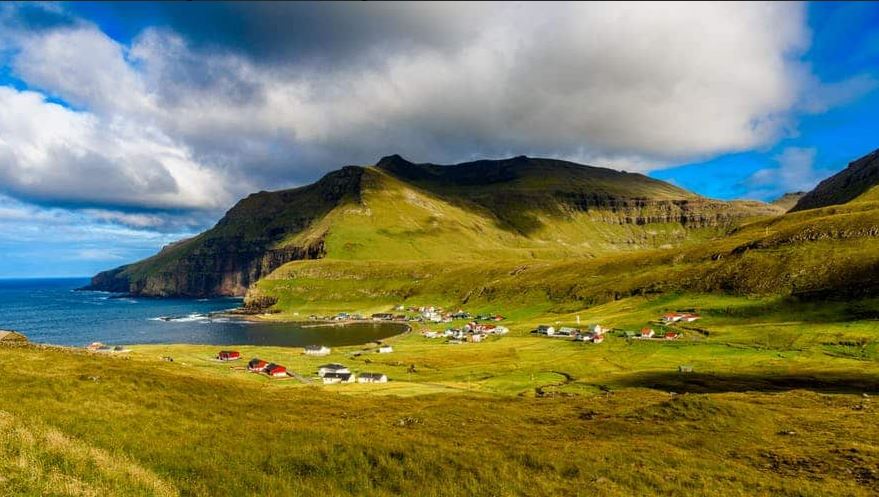 In a rare display of political unity, all parties in the Faroese Parliament (Løgtingið) reached an agreement recently on the route and tendering of a long-awaited 24 kilometer long subsea tunnel to Suðuroy, the southernmost island of the Faroe Islands.
In a rare display of political unity, all parties in the Faroese Parliament (Løgtingið) reached an agreement recently on the route and tendering of a long-awaited 24 kilometer long subsea tunnel to Suðuroy, the southernmost island of the Faroe Islands.
If realized, the project will become the largest infrastructure undertaking in Faroese history, and one of the longest subsea road tunnels in the world, rivaling Norway’s Rogfast Tunnel (26.7 km), currently the world’s longest and deepest under construction beneath the North Sea.
In comparison, the Channel Tunnel (Eurotunnel) connecting England and France is 50.45 km long and serves rail traffic only.
A legacy of tunneling beneath the Atlantic
The Faroe Islands have long been global pioneers in tunnel construction, both through mountains and under the seabed.
Since 1963, the archipelago has built more than 20 road tunnels, including four major subsea connections.
Inspired by Iceland’s Hvalfjörður Tunnel, the Faroese began their own subsea era with the Vágar Tunnel, connecting the airport island to the capital Tórshavn. This was followed by the Norðoyatunnilin, linking Klaksvík to the larger northern islands, and the Eysturoy Tunnel, opened in 2020 and renowned for featuring the world’s only underwater roundabout.
Two years ago, the Sandoy Tunnel, almost eleven kilometers long, became the latest addition to this remarkable engineering legacy.
 The dream of connecting Suðuroy
The dream of connecting Suðuroy
The next step is the most ambitious yet: a tunnel to Suðuroy, home to about 4,500 residents.
Two main routes have long been under consideration:
a) Option 1A: 24 kilometers long, estimated at €625 million (agreed on)
b) Option 2A: 28 kilometers long, estimated at €690 million
Both proposals include a link to the small island of Skúvoy, inhabited by just thirty people, a connection that significantly increases the cost but could transform life for the isolated community.
Political consensus and next steps
Recently, Prime Minister Aksel V. Johannesen announced that all parliamentary parties had agreed to proceed with the shorter and less costly route, Option 1A.
The consensus also covers beginning the design phase and inviting tenders for construction.
However, this is not yet a final decision to start building. Once bids are received and actual costs are known, the Parliament must vote again to approve the project.
That decision could come within two years, with construction expected to take around eight years.
If all goes as planned, the Suðuroy Tunnel could open within a decade, finally linking every major Faroese island by road for the first time in history.
Political links to pension reform and broader infrastructure
The Suðuroy Tunnel has also become intertwined with another major legislative issue: raising the national retirement age.
In his Ólavsøka Address, the Faroese equivalent of a State of the Nation speech, Prime Minister Johannesen announced that both the Suðuroy Tunnel bill and the pension reform bill would be resubmitted this autumn.
The Framsókn Party, one of the governing coalition partners, has made its support for the tunnel conditional on passing a plan to raise the retirement age gradually to 70 by 2042. Johannesen said this reform is essential to ensure the long-term financial sustainability of the Faroese welfare system, noting that the average life expectancy has increased by four to five years since 1985.
“If we want to be forward-looking and secure our financial competitiveness in the long run, we must raise the retirement age,” Johannesen said. “It’s good that people live longer, but it also means we receive pensions for more years, while fewer people are paying into the system. That balance cannot hold.”
The proposal would raise the retirement age in small increments beginning in 2035, with exceptions for workers who have been in the labor force since a young age.
At the same time, Johannesen reaffirmed his hope for broad political unity on the tunnel project, emphasizing its importance in countering depopulation on Suðuroy, where the population has declined from 5,900 in 1985 to about 4,500 today.
Source: Løgmansskrivstovan, Vísir, KVF,
Related Quick Facts:
The tags below provide an opportunity to view previously posted related news within the selected category
